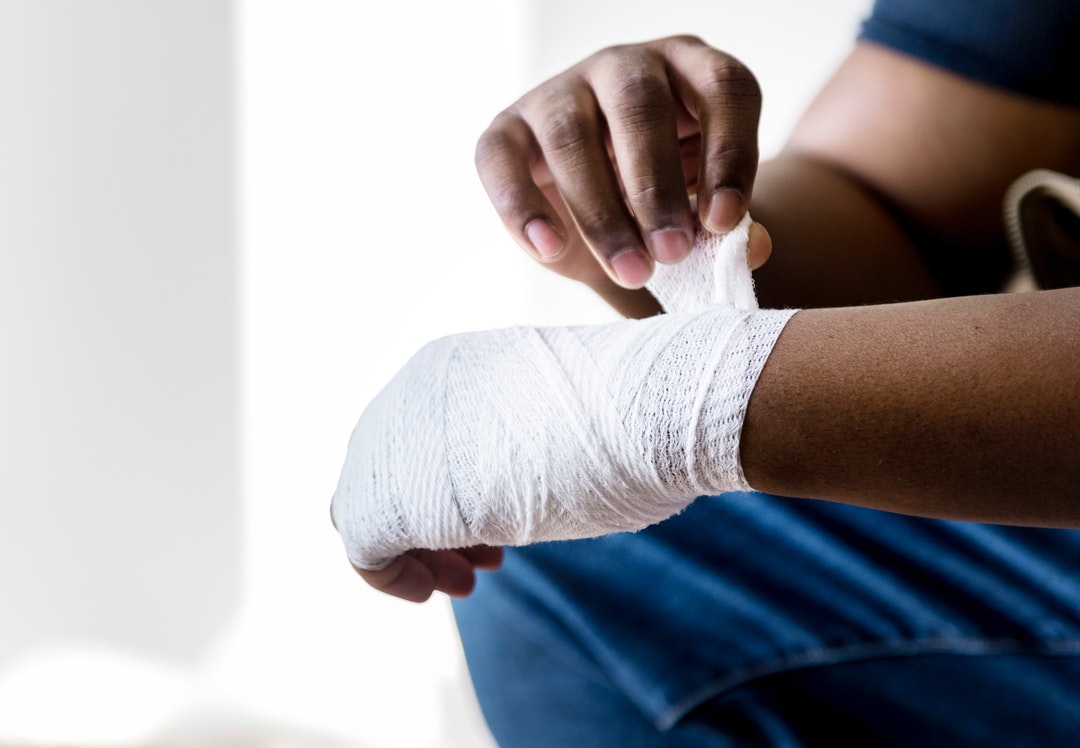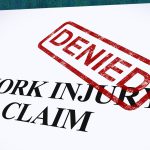Americans don’t put safety first. Roughly four million work-related injuries occurred in the United States in 2020. That’s nearly eight injuries a minute.
Despite how common work-related injuries are, few companies have plans for them. If you want to keep workers safe and avoid hefty fines, you need a plan right now.
What should you do to prevent injuries? How should you respond to an accident once an accident occurs? How can you care for an employee so they can return to work?
Answer these questions and you can create a productive and safe work environment through simple steps. Here are six you can follow today.
1. Have a Plan for Work-Related Injuries
You should take any step you can to prevent injuries at work. Basic things like removing objects off the floor can prevent slips and falls. You should train your employees to respond to emergencies immediately, including by calling 911.
You should make it clear that accidents should be reported to supervisors right away. Telephones and walkie-talkies should be near all workstations and construction sites.
You should also establish an anonymous line so people can report safety violations. Educate your workers about this line and tell them that they will not be punished for using it.
You should buy a workers compensation package that covers all employees. Read an essential guide for small businesses and contractors before you buy a workers comp package.
All of your safety guidelines should conform to OSHA regulations. This is very important if you are in the medical industry. You face substantial fines if you deviate from any of their rules.
2. Care For Injured Employees
Any injury can be significant. A cut can become infected, and a bruise can make it too painful to stand up or walk.
When an employee gets injured, you need to get them medical help right away. If you have an on-site doctor, they should come to the scene and help the employee.
A head injury should require a hospital visit. The signs of a concussion or traumatic brain injury may not be apparent right away. An amputation, a severe cut, and a limb-threatening injury should also lead to hospitalization.
You should also take steps to keep others from getting injured. If a fire breaks out, you should put it out before helping the injured.
Experiencing or witnessing injuries at work can be troubling to employees. In rare circumstances, someone can have a panic attack or develop PTSD. You can tell employees who saw the accident to take the day off.
3. Investigate Accidents
Your insurer will examine the accident to determine your employee’s benefits. Yet you should conduct your own internal investigation. It will help you prevent future accidents and smooth things over with OSHA.
Interview everyone involved, including the injured employee. Take a look at physical evidence such as skid marks and damaged equipment.
If employees are uncomfortable talking with you, you can outsource the investigation. You can hire a work-related injury lawyer or a private investigator. You should remain in communication with the investigator and receive a formal report on what happened.
You have 24 hours to report an accident resulting in hospitalization to OSHA. If a worker dies, you have only eight hours.
OSHA will conduct its own investigation, which can include an on-site inspection. Be willing to cooperate and hand over your report to them.
4. Be Transparent With Other Employees
A work-related injury always hurts morale. You should talk with affected employees about what happened. You should tell them that you are investigating the accident and helping the injured worker.
You should remain in touch with them as time goes on. When the investigation is over, you should give them copies of your report.
Employees who don’t know about the accident should hear from you. You can convene an all-hands meeting to talk about what happened. You don’t have to provide all details, but give them a sense of what occurred and how you will respond.
5. Consider Your Leave Options
The Family and Medical Leave Act (FMLA) provides 12 weeks of unpaid leave for qualifying employees. They can use the time to recover from a health condition that makes them unable to perform their job. The health condition does not have to stem from a work-related accident.
Yet extending FMLA leave may be a good idea. It will give the employee a full opportunity to recover and receive physical therapy.
If the FMLA does not cover your business, you should contemplate extending other kinds of leave. Providing just a few weeks of leave can help someone recover and return to work.
6. Develop Transitional Jobs
Most employees want to return to work after an accident. You should help your employee come back to work after they have recovered. But returning them to their old responsibilities may be a challenge.
Try giving them a transitional job. If they were an on-site supervisor, they can monitor projects off-site through camera feeds.
Someone who worked a manual job should work a clerical job instead. They can train employees on what to do and they can handle your inventory. Once they have fully recovered, they can go back to their old job.
Be Part of the Solution for Work-Related Injuries
Preventing work-related injuries requires work. You should limit threats to your employees and develop lines of communication to promote safety.
You must respond to accidents by offering medical assistance, even for slips. Investigate all accidents and make necessary reports to OSHA. You can give your findings to other employees, especially ones affected by the accident.
Giving leave can help an employee recover through time. When they are ready to work, find them a transitional job with temporary responsibilities.
Take your next step by acquiring workers comp. National Workman’s Comp Solutions provides premium workers comp packages. Get your quote today.


 February 2, 2022
February 2, 2022 Uncategorized
Uncategorized 









